Touring Five Countries in Six Days
November, 2015
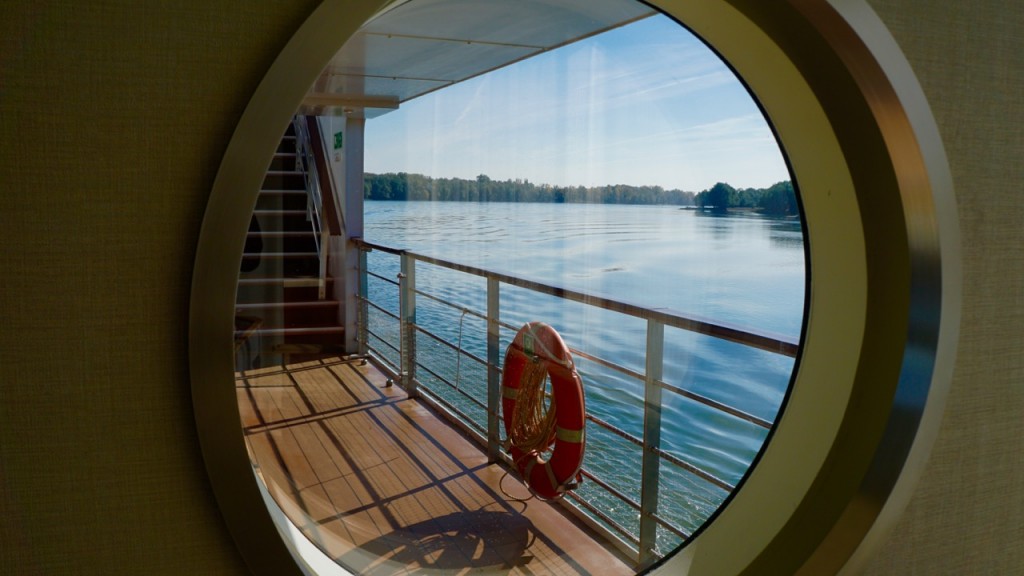
Our recent Viking River Cruise was a quick visit to five countries in six days, including Bulgaria, Serbia, and Croatia, as well as the embarkation and disembarkation cities, Bucharest, Romania, and Budapest, Hungary. In each port, we would load onto buses and be shown the city or the countryside. Such a compressed trip can turn into a blur when trying to remember the details. This blog will be an attempt to summarize my most vivid memories.
 Romania
Romania
After having the pleasure of spending five days with our Romanian musician friends, Danny and Beatrice, we had received a good introduction to the country, including a day-long excursion into the district of Transylvania, home to Vlad the Impaler, which gave rise to the fictional character Count Dracula. (When we toured Budapest at the end of the cruise, I learned that Transylvania had previously been part of Hungary, but that it was separated from the defunct Austro-Hungarian empire at the end of World War I and made a part of Romania.
A joke in Romania was that after World War II "the Russians came to visit Romania and forgot to leave." When the Romanian dictator Nikolae Chauchescu forged an independent course from the Russians, this move was supported by Romanians as well as the US and Western Europe. Unfortunately, Chauchescu was a terrible dictator who glorified himself and his wife with the second largest building in the world (after the Pentagon), as the expense of the Romanian people. When the USSR disintegrated in the late eighties, Romania was the one former Soviet satellite which experienced violence with the deaths of hundreds of Romanians by the Romanian military ordered by Chauchescu. When the soldiers balked at killing their fellow citizens, the dictator and his wife tried to flee Bucharest. But they were soon captured, given a quick military trial, and executed by firing squad.
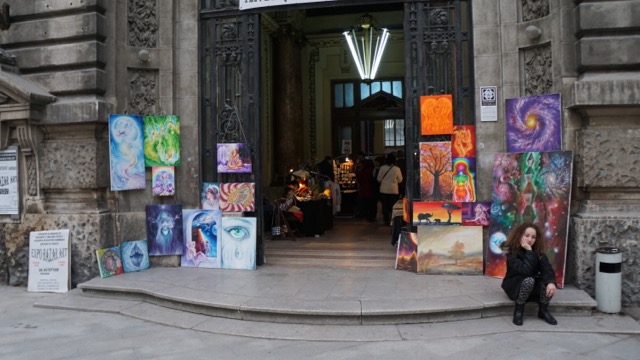
Romania is relatively rich and well-developed because of its petroleum resources, which fueled the Nazi war machine in World War II. Romania hopes to become a full member of the European Union, though at this time is still retains its own currency. The Nazis exterminated most of Romania's Jews and gypsies during the war. Today, Romania is a favorite destination for Israeli tourists. And most of its surviving gypsies have migrated to Western Europe, England, and Scandinavia.
Romania's cuisine is heavily pork-oriented. The explanation is that Romania was occupied by the Ottoman Empire (Turkey) for a couple of centuries. The Turks stole all the cattle, sheep, and goats for themselves, leaving only the pigs for the Romanians to eat, resulting in Romania's cuisine including pork in almost everything. As a vegan, Susan struggled to find pure vegan options in Romania.
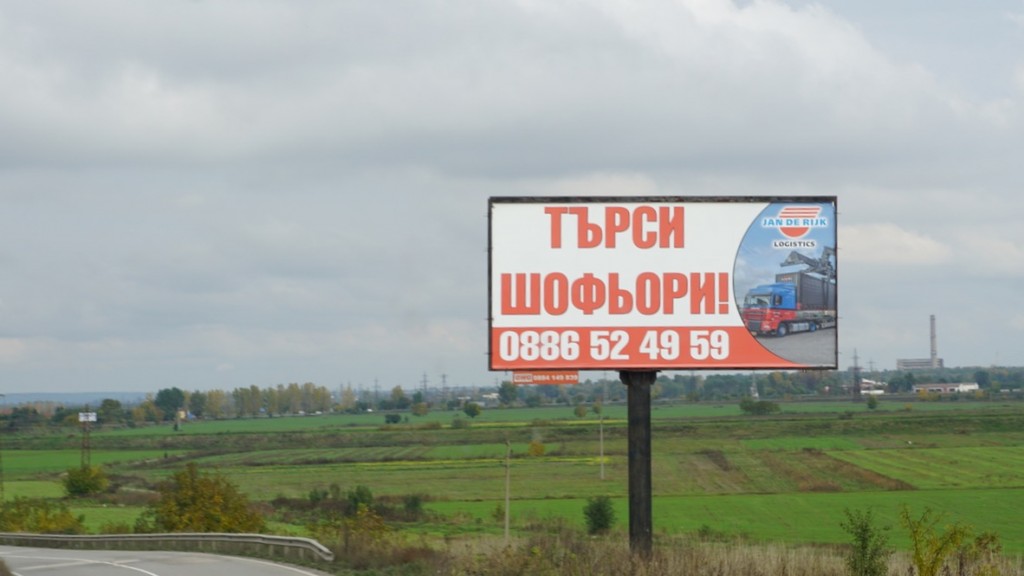
Bulgaria
Bulgaria is located only an hour's drive from Bucharest across the Danube River. The differences between Romania and Bulgaria are very evident when crossing the border. Bulgaria is visibly less affluent. Most striking is the fact that Bulgaria uses the Cyrillic alphabet as opposed to our familiar Latin alphabet. I learned that Bulgaria claims to be the originator of the Cyrillic script, which was later adopted by Russia and many of its former Soviet satellites. (Our travel route did not include Bulgaria's capital and largest city, Sofia.)
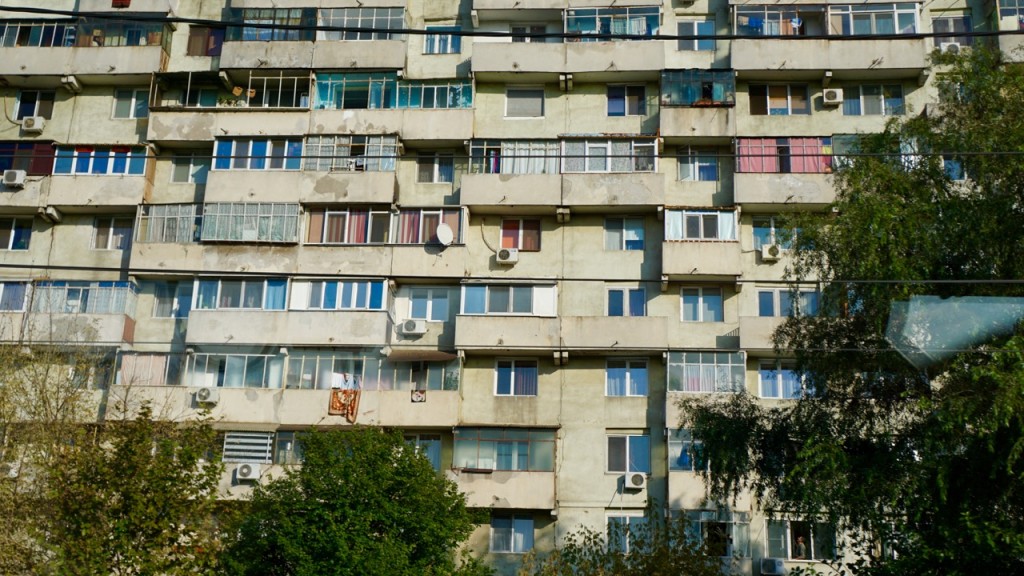
Our tour guide told the sad story of life under the Soviet Union, when her family was uprooted from their village and forced to move into large barren ugly apartment buildings in the city. Their family farms were collectivized, and their quaint historic villages and traditional homes were mostly destroyed. She said that her grandfather died of a broken heart. In addition to their terrible destruction of traditional small farms, the Soviets attempted to establish heavy industries in Bulgarian cities to support Russia. But after the Soviet Union broke up, all the factories went bankrupt, because they didn't produce products that were wanted or needed on the world market.
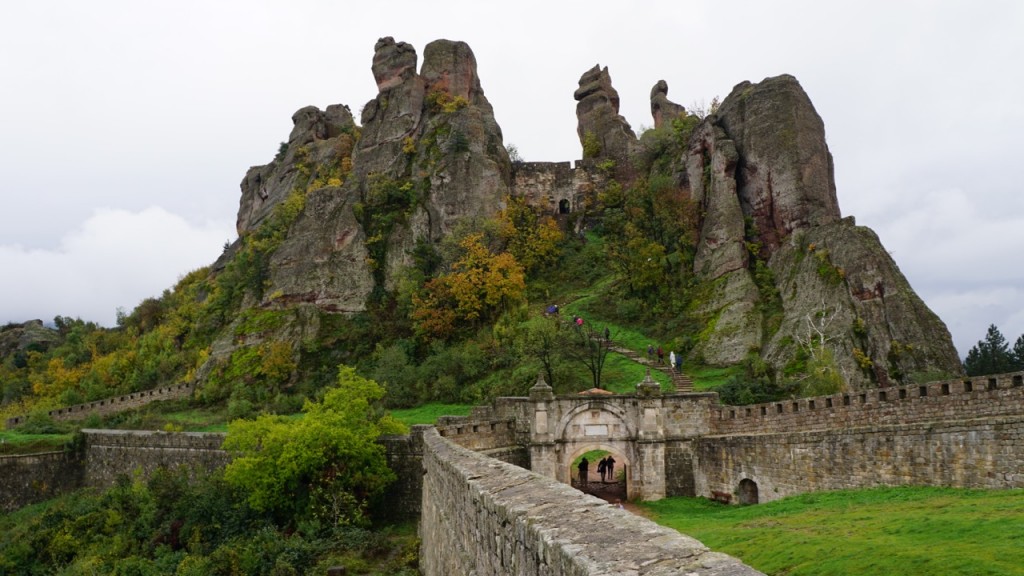
Our excursion through the Bulgarian countryside took us to the site of an ancient Roman fortress built at the top of striking rock formations that provided a natural barrier against potential enemies. One of Bulgaria's most successful current exports to the world market is rose oil extract, used in many brands of perfumes. We purchased souvenir rose extract products. Our house can now smell like roses anytime we want.
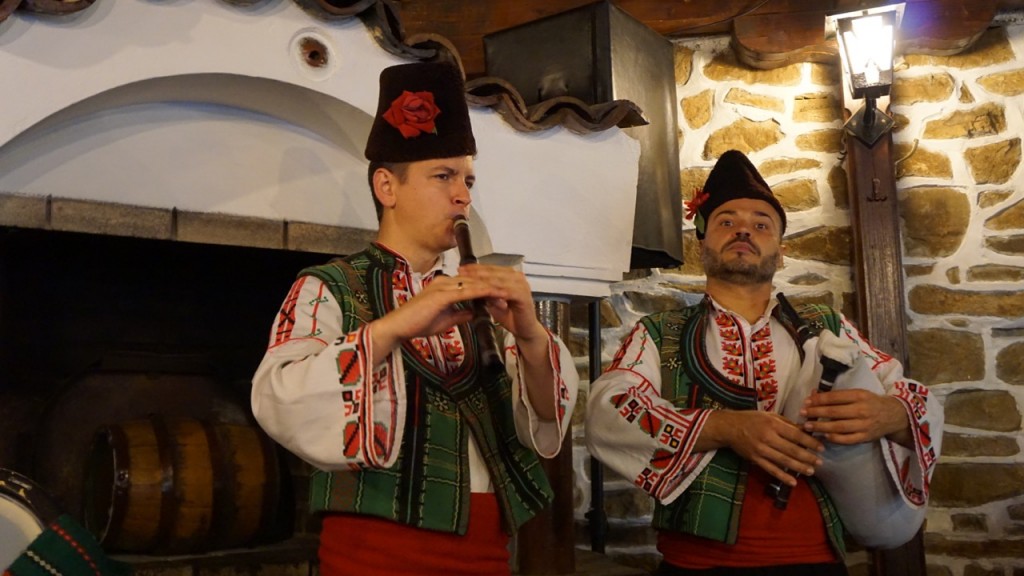
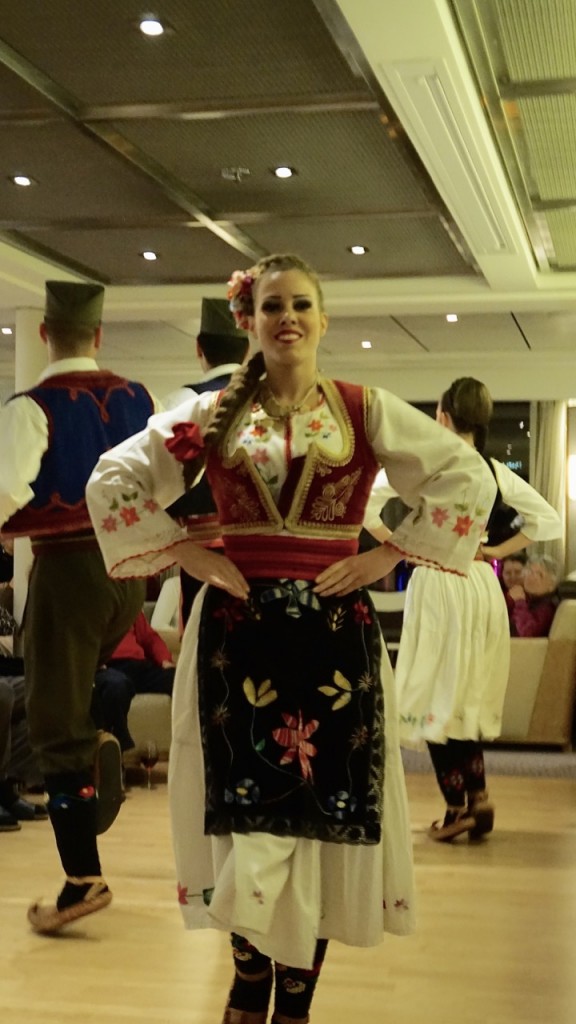
Serbia
My previous blog described the central role of Belgrade, in Balkan history, as capital of the former country of Yugoslavia. Romania, Bulgaria, and Serbia are all traditionally Eastern Orthodox Christian. The split between the Roman Catholic Church and the Greek Orthodox Church occurred just over a thousand years ago, with two competing popes who excommunicated each other, and created the split that survives geographically to this day. We visited Greek Orthodox cathedrals at every stop. Only Croatia and Hungary had large numbers of Roman Catholics, whereas Romania, Bulgaria, and Serbia were predominantly Greek Orthodox.
I learned that Pope Francis has taken steps to repair this ancient breach by arranging to meet the prelate (equivalent of the pope) of the Greek Orthodox church in Jerusalem. Pope Francis has been so active in other controversial arenas, that I had totally missed this chapter in his unfolding reign as the most progressive pope ever. Plus, the current "Pope-mobile" is a special Fiat manufactured in Serbia!
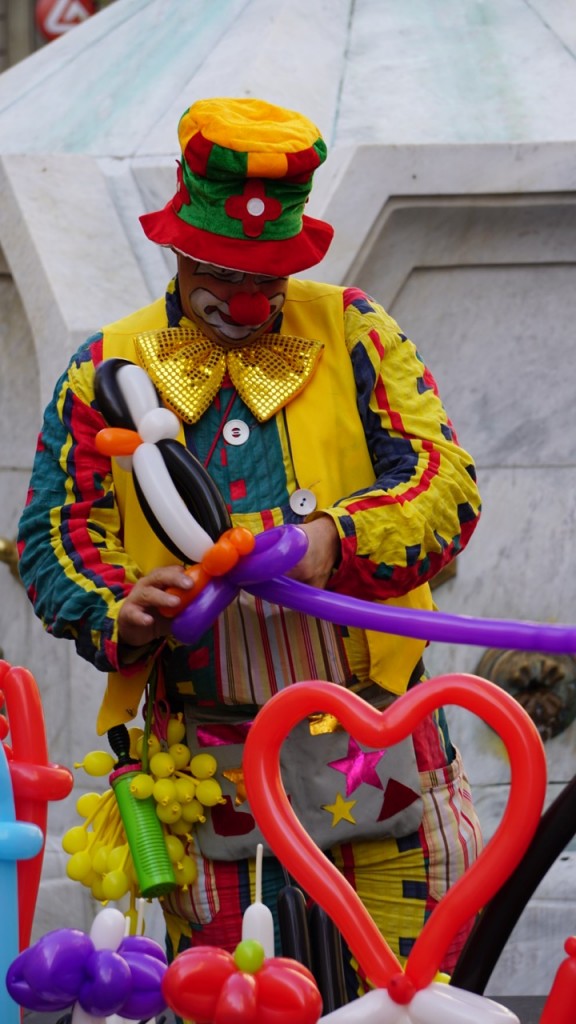
One of Viking's Serbian excursions was a behind-the-scenes tour of the Belgrade Opera House. The level of culture in music and arts is very high in Serbia. The Belgrade Opera is host to the world's biggest singing stars, who appear in more famous opera houses in Italy and New York.
Our city tour included viewing the ruins of buildings bombed by US/NATO planes during the Balkan war of the nineties, when the former Serbia-Yugoslav province of Kosovo broke away. Our tour guide was dismissive of Kosovo, saying that it is a rogue state governed by mafia and criminals from Russia and around Europe, sheltering criminals who engage in drug trafficking and other illegal activities. I can't confirm this statement, and it might be an expression of Serbian "sour grapes" and their failure to hold on to Kosovo as the last symbol of Yugoslavian identity.
Croatia
Our tour boat landed in Vukuvar, a city on the border with Serbia which was besieged by Serb forces in the most recent Balkan war. A bomb-scarred water tower stands as a memorial to the war. We were told of a Serbian massacre of a Vukuvar hospital staff and patients. In other words, bitter feelings exist two decades after the last armed conflict between Serbia and Croatia. The region of Croatia that we visited has suffered from significant population loss in the past years. There are not enough jobs, and so many inhabitants have emigrated to Germany, Scandinavia, and other more prosperous countries.
Our Viking afternoon excursion in Croatia was to a private home, where groups of six to eight passengers drank afternoon tea, homemade fruit brandy, and ate pastries with a Croatian woman in her residence. It gave the opportunity to pose questions about life in Croatia and get a feeling for the lives of middle class Croatians. Everybody just wants to have a stable and comfortable middle class lifestyle. The general economic level was better than in Bulgaria, but not as high as Romania.
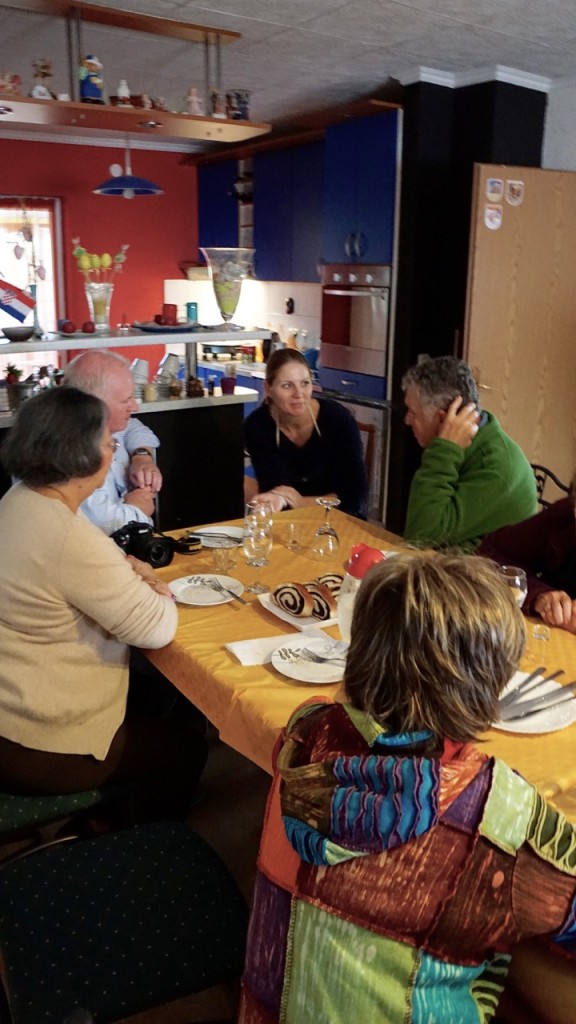
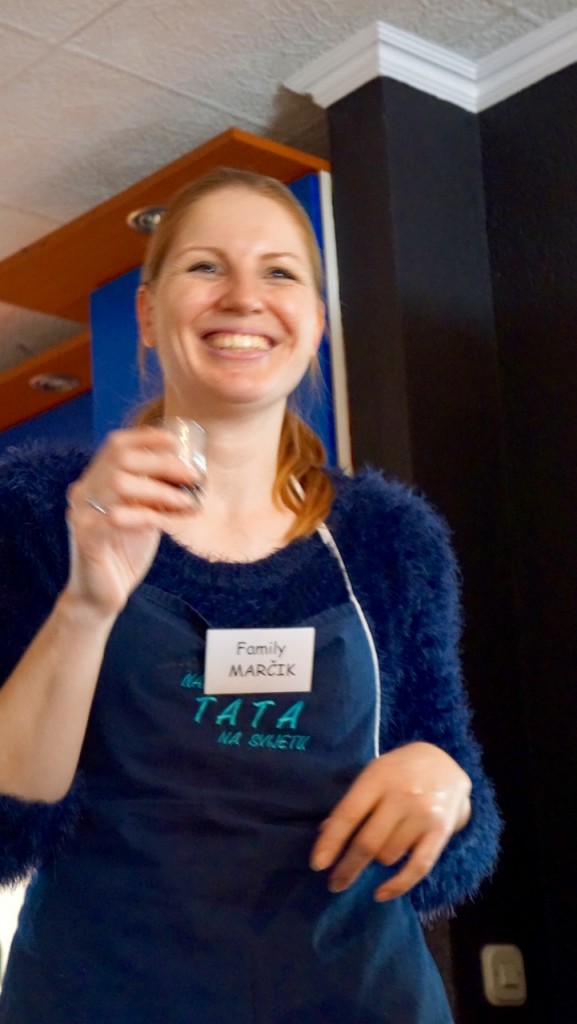
In all the Balkan countries we visited, the governments provide free healthcare to all. This is partially a legacy of the communist period. But it is consistent with the government policies of France, Germany, England, and Scandinavia, in which healthcare is treated as a utility like electricity, roads, and water, that is, a vital service that should be available to all.
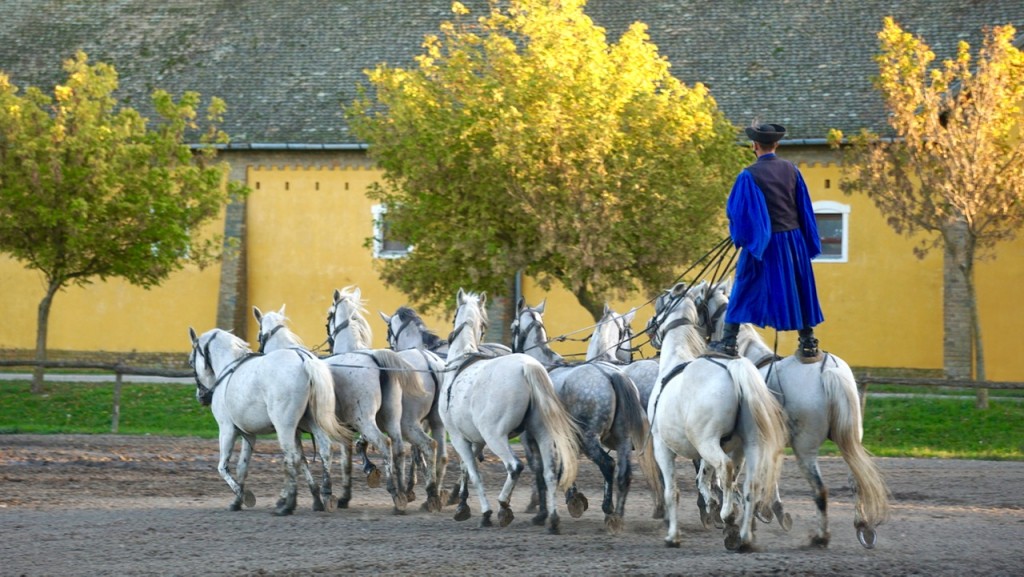
Hungary
Budapest is a beautiful city with a traumatic history, just like all the other cities we visited on this trip. The Hungarian Parliament building is an amazing structure, a World Heritage site, and a must-visit for any tourist. The large Jewish synagogue has an attached museum which houses disturbing photos from the Nazi period.
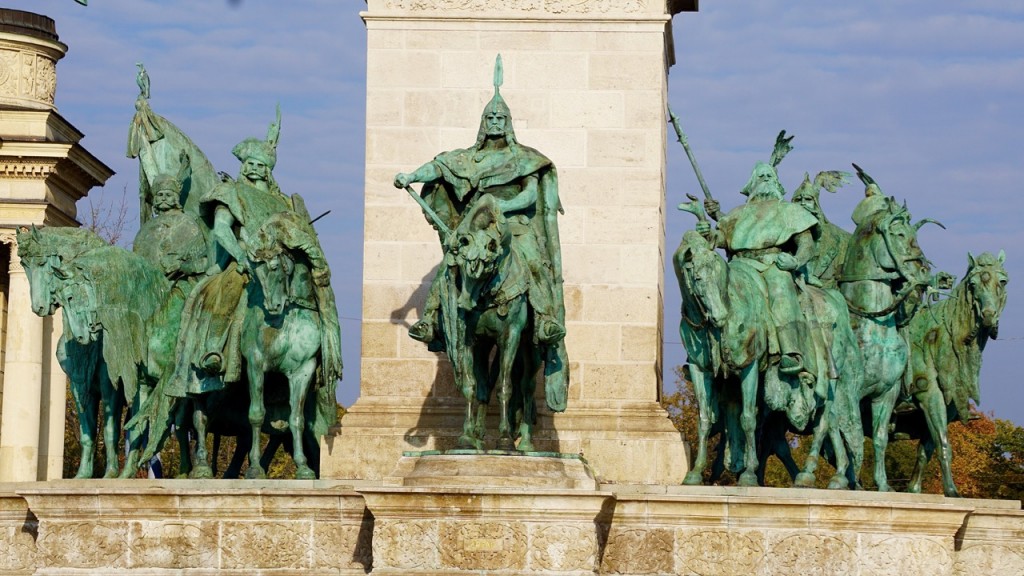
Budapest was occupied by the Nazis during World War II. It was heartbreaking to see the post-war photos of the city in ruins, including the ancient Chain Bridge. It is a tribute to the Hungarian people that they have restored and repaired all the major buildings, such as the Parliament Building and largest cathedral, which were bombed during the war.
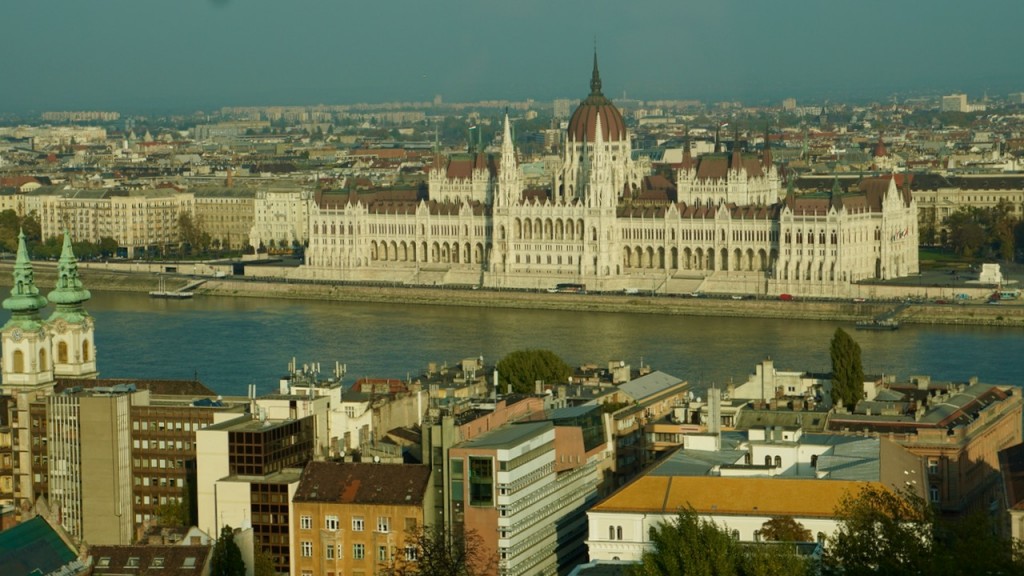
Susan was able to look up the address where her maternal grandmother had lived before coming to the US after the war. There were bullet holes, which had been crudely patched, but were still visible in that family building as well as many others in the neighborhood only a short walk from the city center.
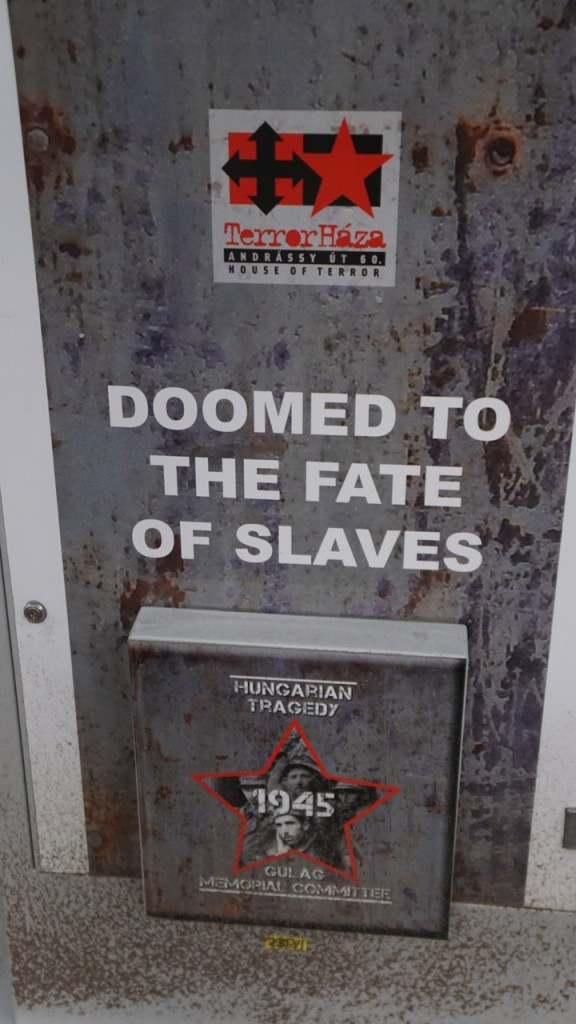
Hungary suffered as much or perhaps even more under the Soviet communists as under the Nazis. Walking around the city center, we encountered the Torture Museum. Though we didn't enter it, there was a large photo display on the street in front of the museum. The Soviets treated Hungary as a source of slave labor, based on Hungary having lost the war. Seven hundred fifty thousand Hungarians were forcibly transported into the Soviet Union within their "gulag" system. Over three hundred thousand Hungarian prisoners died from either starvation or execution! The history of Europe is very depressing when one considers the death and suffering during the wars of the last century.
A few days in a foreign city or country can only scratch the surface in terms of learning about the history, cuisine, culture, and mentality of a people. But even in this short two week period, I learned more about this part of the world than previously in my life. I'll let some photos tell a bit more of my visit.
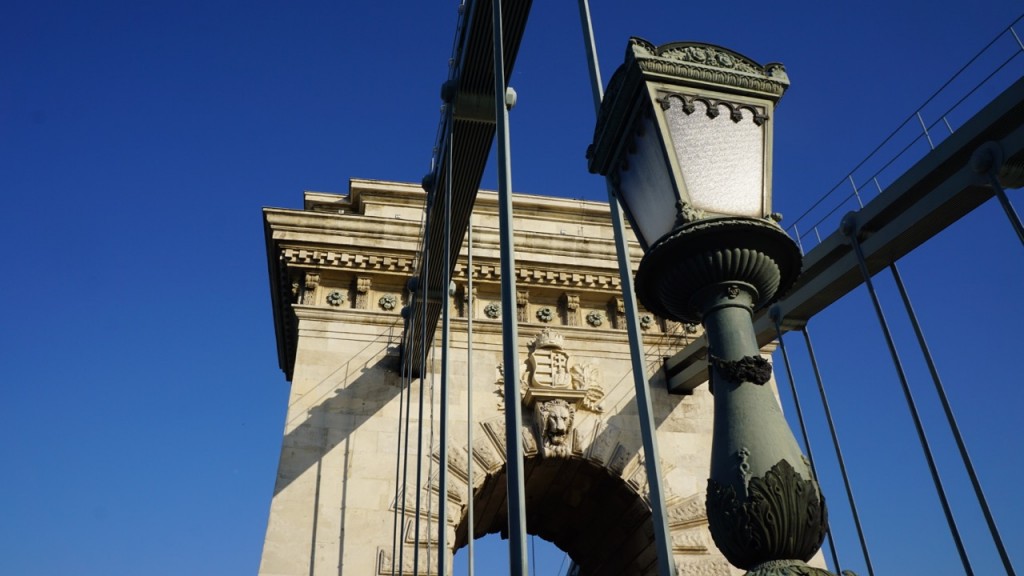
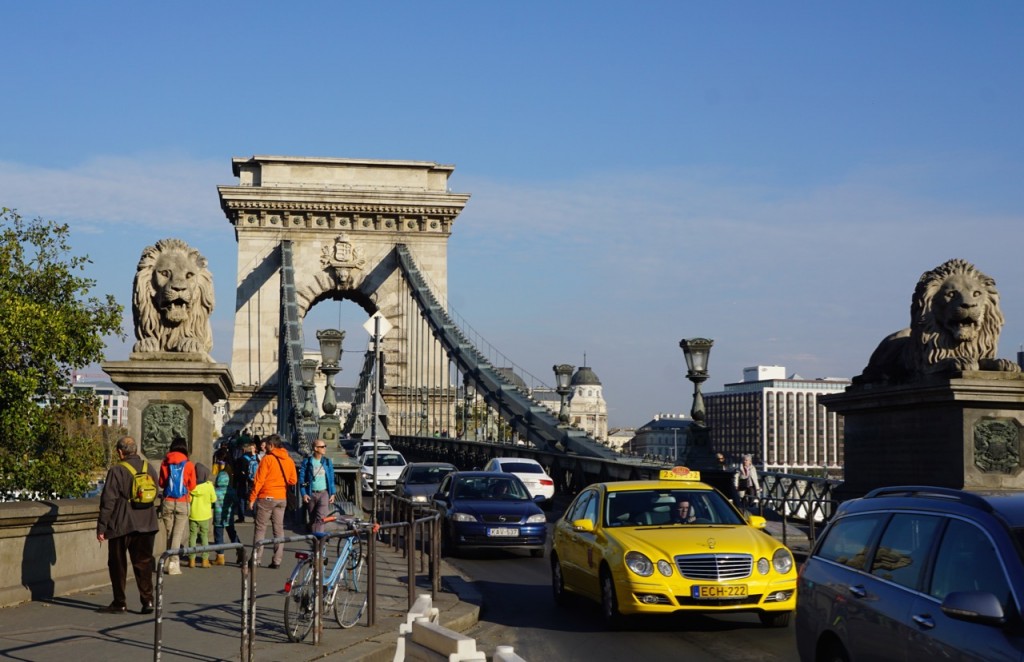
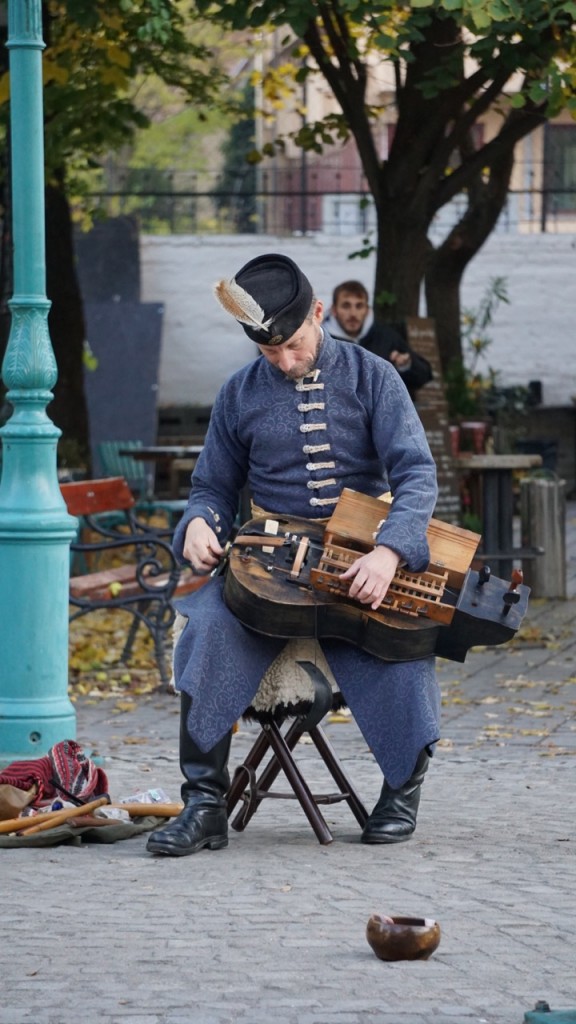
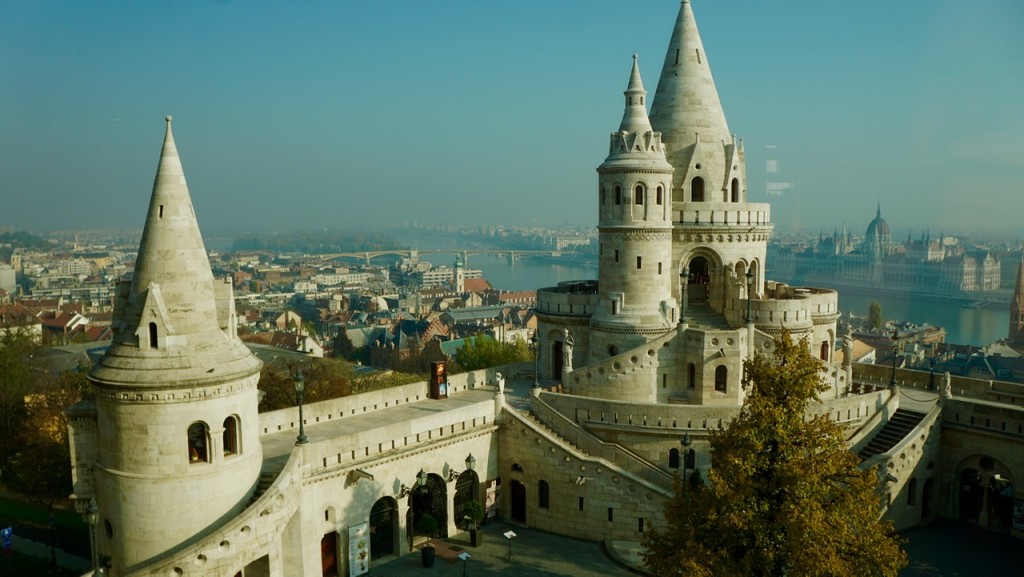
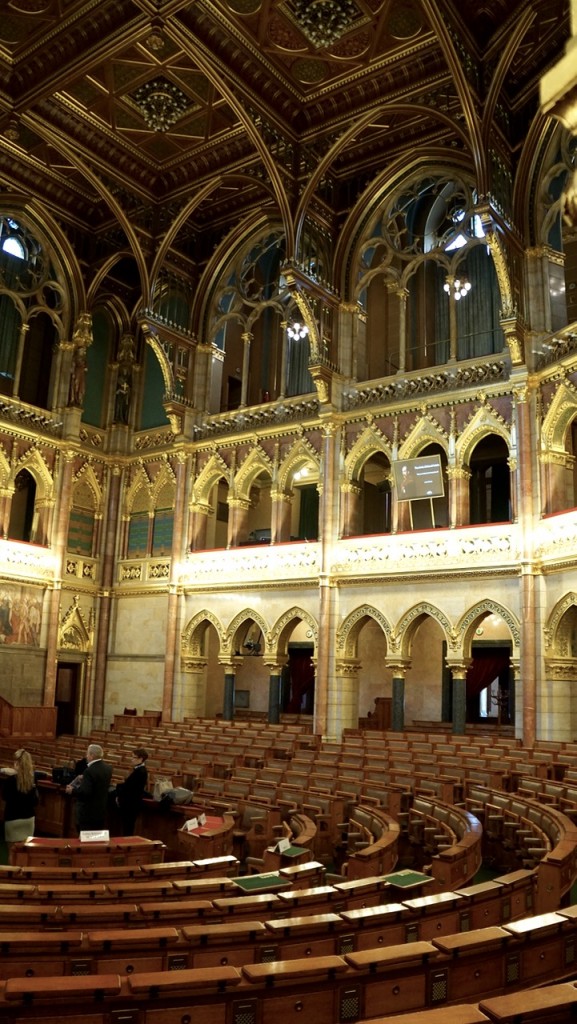
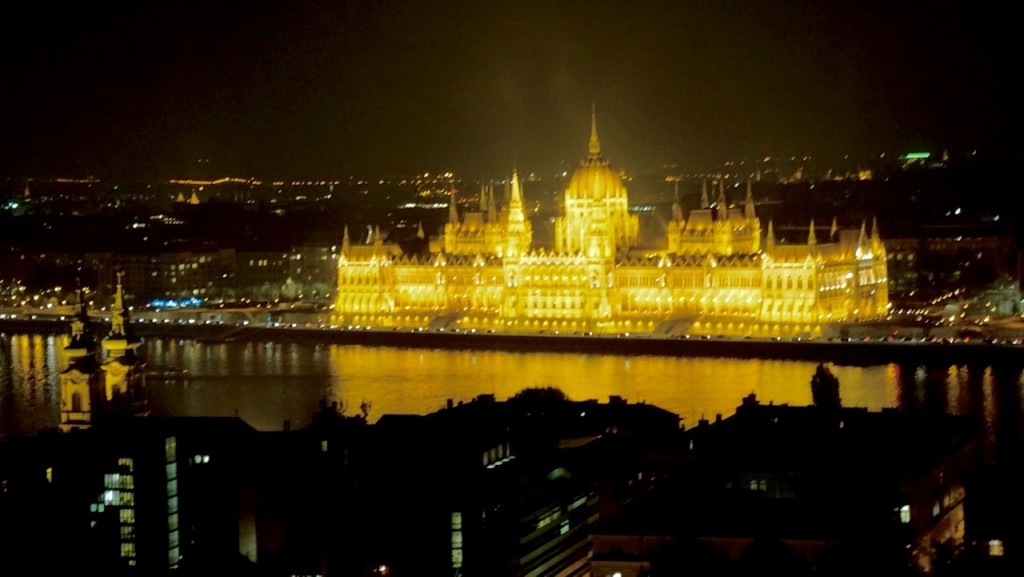
0 Comments on Touring Five Countries in Six Days
Join the Conversation